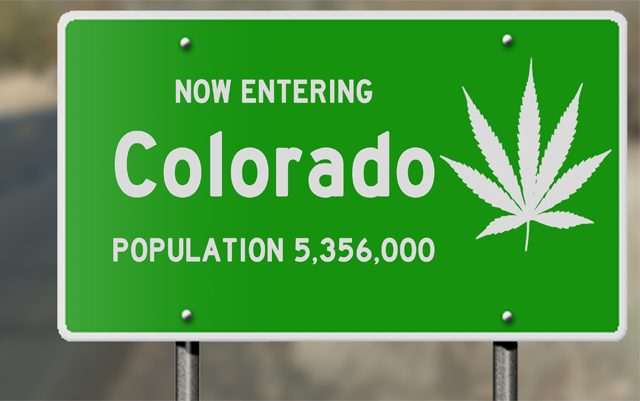By Joe Klare

Let’s start at the beginning: from the latest HIDTA report on Colorado, “The Legalization of Marijuana in Colorado: The Impact, Volume 5”:
Section I: Traffic Fatalities & Impaired Driving
-Since recreational marijuana was legalized, marijuana related traffic deaths increased 151 percent while all Colorado traffic deaths increased 35 percent
– Since recreational marijuana was legalized, traffic deaths involving drivers who tested positive for marijuana more than doubled from 55 in 2013 to 138 people killed in 2017.
-This equates to one person killed every 2 ½ days compared to one person killed every 6 ½ days.
-The percentage of all Colorado traffic deaths that were marijuana related increased from 11.43 percent in 2013 to 21.3 percent in 2017.
These numbers are quite ominous. The implication is that legalization has flooded Colorado’s roadways with stoned drivers that are wreaking havoc on the citizenry. But, let’s take a closer look.
When you see phrases like “marijuana related traffic deaths” and “traffic deaths involving drivers who tested positive for marijuana,” it simply means that at least one of the drivers involved in the accident had marijuana in their system when tested. Since we know cannabis can remain in someone’s system for a few weeks in some cases, the stats tied to these phrases in no way speak to how much influence marijuana impairment had on the cause of the accidents, making the stats themselves irrelevant regarding cannabis legalization and its impact on traffic accidents.
Let’s take a look at one more section from the report:
Section II: Marijuana Use
-Colorado past month marijuana use shows a 45 percent increase in comparing the three-year average prior to recreational marijuana being legalized to the three years after legalization.
-Colorado past month marijuana use for ages 12 and older is ranked 3rd in the nation and is 85 percent higher than the national average.
Here we have 2 separate stats grouped together to make them seem like they are referring to the same group of people. But the first part of the section clearly refers to marijuana use going up, meaning among all age groups. No one really disputes that adults are using more cannabis, if for no other reason than getting it is a more secure and less illegal endeavor.
But the second part of the section switches deftly to “ages 12 and up” – making the reader think about kids – before changing the quantification of the statistics being discussed from an “increase” to a comparison with other states and the “national average”. (Teen use in Colorado was well above the national average before recreational legalization).
In this way they hope to cloud the fact that while adult use nationwide may be on the rise – with some of that rise attributable to people being more comfortable answering questions about marijuana truthfully, especially in a state like Colorado – use among teens in Colorado and across the country is steady or declining.

No comments:
Post a Comment